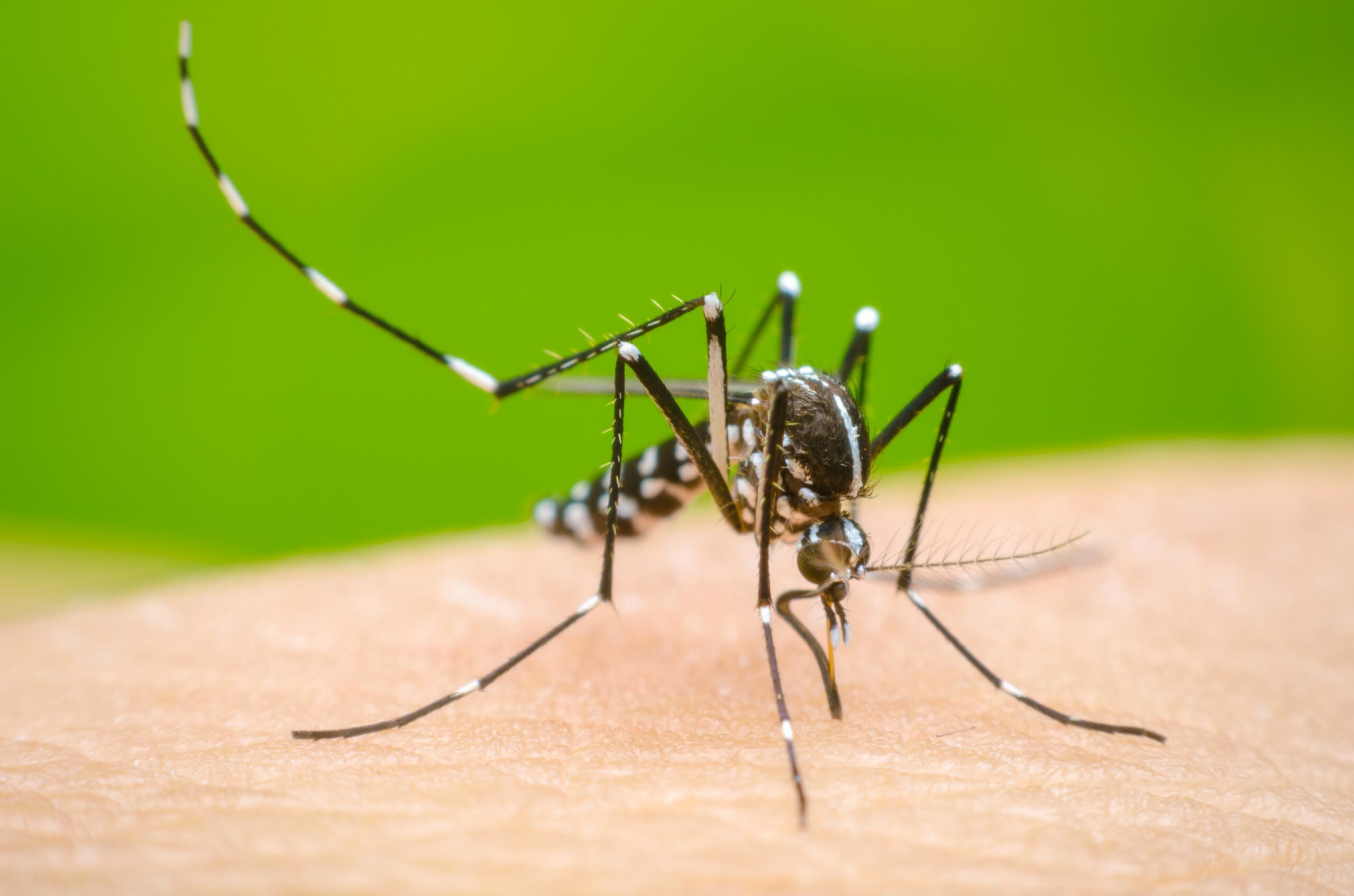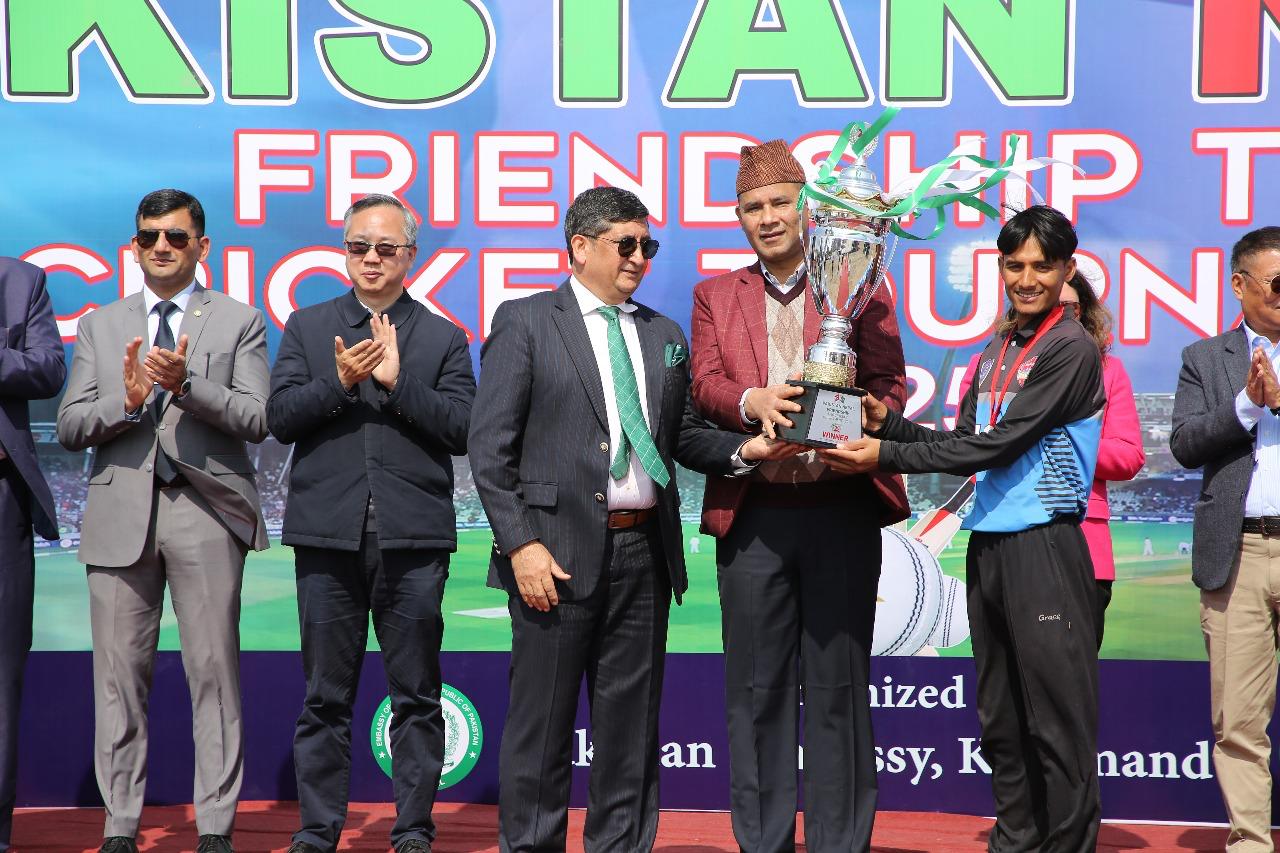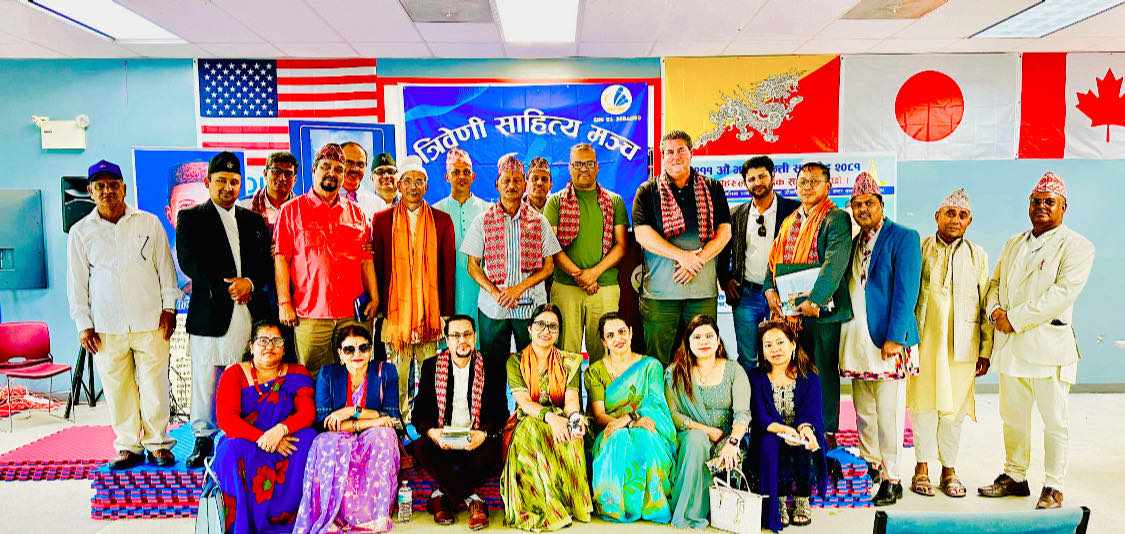

By: Dr. Ved Prakash Kushwaha
Narayani Hospital
Birgunj, Parsa, Nepal
Introduction:
Dengue fever, a mosquito-borne viral disease, has become a significant public health issue in Nepal. With the country experiencing a rise in dengue cases and increasing geographical spread, understanding the situation, its causes, and necessary prevention measures is crucial. This article aims to shed light on the prevalence, impact, and efforts to combat dengue fever in Nepal.
1. Dengue Fever in Nepal:
Dengue fever was initially reported in Nepal in the late 2000s, primarily in the Terai region. Over the years, the number of cases has been steadily increasing, with several outbreaks occurring in urban areas. The highest incidence is observed during the monsoon season (June to September), when mosquito breeding sites become more prevalent.
2. Causes and Transmission:
Dengue fever is transmitted by the Aedes mosquitoes, primarily Aedes aegypti. These mosquitoes breed in stagnant water sources, such as water containers, discarded tires, and flowerpots. Increased urbanization, improper waste management, and climate change contribute to the proliferation of mosquito breeding sites, thereby facilitating dengue transmission.
3. Impact on Public Health:
Dengue fever poses a significant burden on public health in Nepal. The disease can range from mild flu-like symptoms to severe forms, including dengue hemorrhagic fever (DHF) or dengue shock syndrome (DSS), which can be life-threatening. The socio-economic impact is substantial, with increased healthcare costs, loss of productivity, and strain on healthcare facilities.
4. Government Response:
The government of Nepal has recognized the seriousness of dengue fever and has taken steps to address the issue. Efforts include strengthening surveillance systems, enhancing laboratory capacity for diagnosis, and implementing vector control measures. Health campaigns and public awareness programs have been initiated to educate communities about dengue prevention and early detection.
5. Prevention and Control:
Prevention plays a vital role in combating dengue fever in Nepal. Effective strategies include eliminating mosquito breeding sites through proper waste management, covering water storage containers, and promoting the use of mosquito repellents and bed nets. Community engagement, including active participation in clean-up campaigns, is essential for successful prevention efforts.
6. Challenges and Future Outlook:
Several challenges hinder the control of dengue fever in Nepal. Limited healthcare resources, inadequate surveillance systems, and low awareness among the population pose obstacles in timely detection and response. Additionally, the presence of multiple dengue virus serotypes increases the risk of severe dengue cases. However, ongoing research and collaborations aim to develop a dengue vaccine and improve diagnostic capabilities.
Conclusion:
Dengue fever has emerged as a growing public health concern in Nepal. The increasing number of cases and its impact on individuals and communities necessitate proactive measures to control the disease. By raising awareness, implementing effective prevention strategies, and strengthening healthcare systems, Nepal can combat dengue fever and reduce its burden on public health, ultimately leading to a healthier population.




